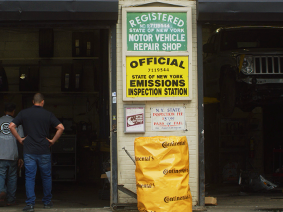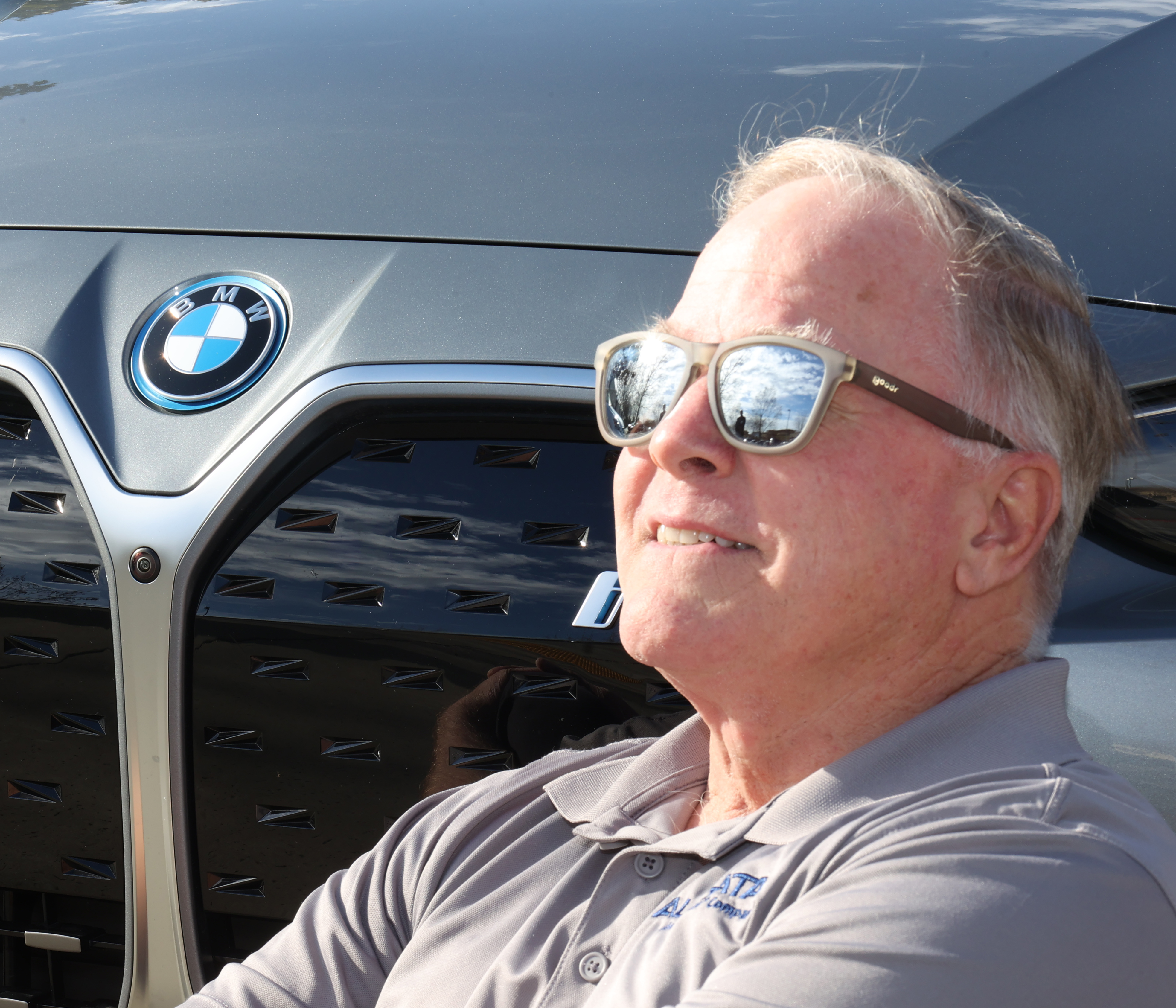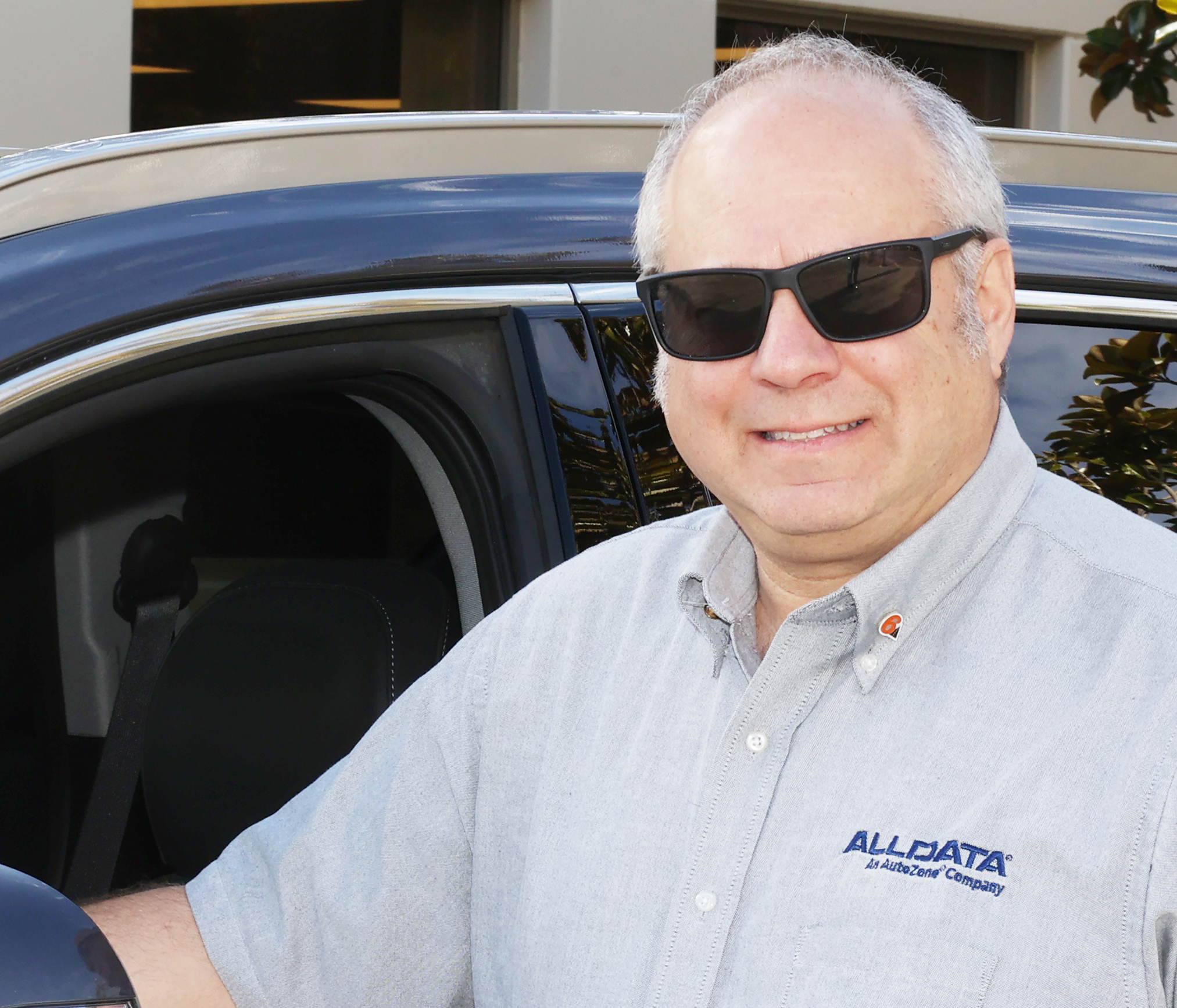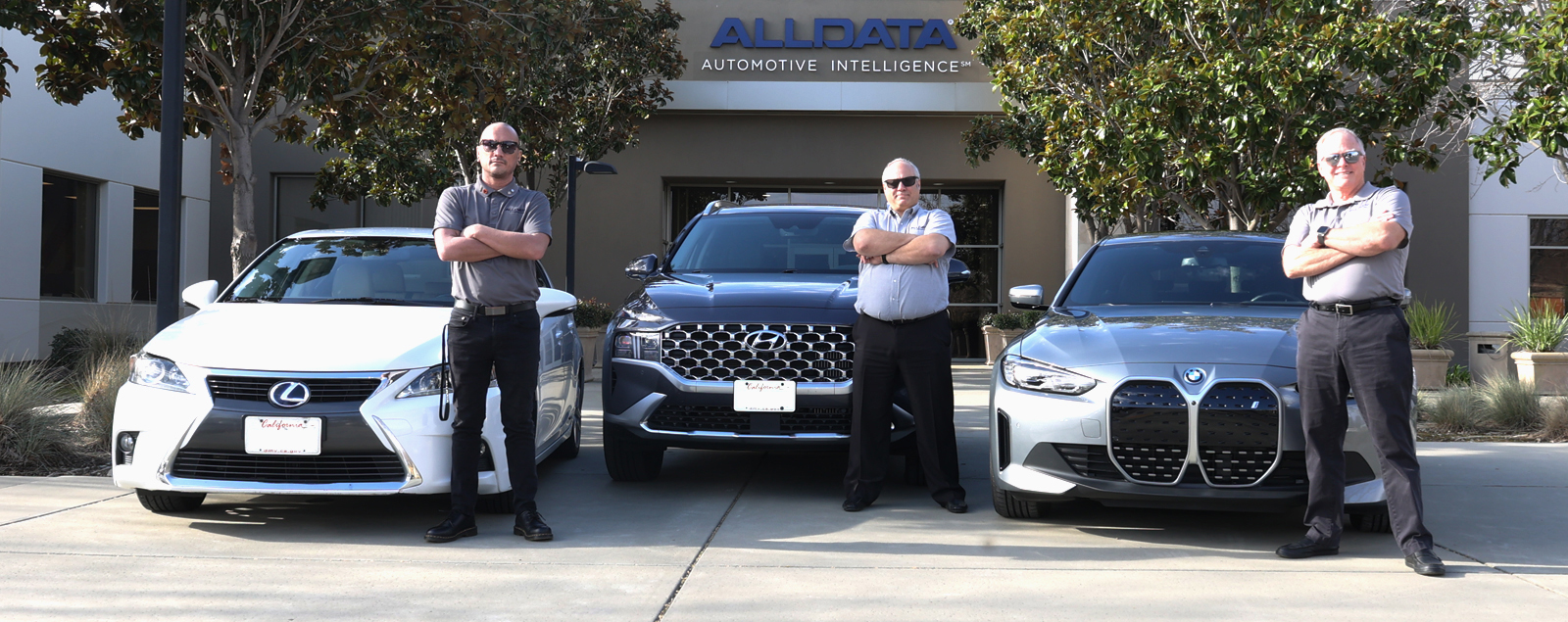
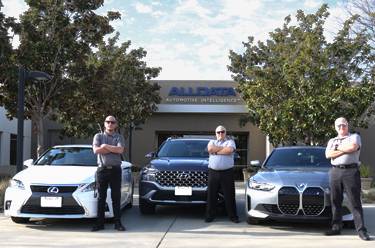
Automotive repair facilities have been maintaining hybrid vehicles for over two decades and maintaining EVs for almost as long. These alternatives to pure Internal Combustion Engine (ICE) vehicles have slowly gained in popularity over the last 2½ decades.
Toyota’s Prius hybrid first graced Japan’s roads starting in 1997, with North America and Europe to follow in 2002. Plug-in hybrids arrived on the scene a decade after their predecessors, with the Chevy Volt hitting North America markets in 2010. The Nissan Leaf, the world’s first mass-market electric vehicle (EV), was also first sold in North America, Europe, and Japan in 2010.
While there is nothing new about these classes of vehicles, looking at the day-to-day aspects of driving them – especially as seen from the viewpoint of people in the automotive field – might prove useful to shop owners who want to understand the daily hybrid or EV driving experience. We enlisted three ALLDATA News reporters to introduce their “daily drivers” that go beyond the typical ICE rides.
2024 BMW i4 eDrive40 EVDriven by Dave Bry |
This vehicle is my first foray into the world of purely electric vehicles (EV). The BMW is atypical in the world of EV because it’s based on the ICE powered 4-series 4-door hatchback, the M440i. Therein lies its appeal to me: it looks and acts like a “normal” BMW car (down to the seldom-used turn-signals).
It is about 700 lbs. heavier than the comparably powerful M440i. Despite the extra weight, a typical shop hoist will lift it. The suggested retail pricing for the i4 eDrive40 series fits between the 4-cylinder 430i and the 6-cylinder M440i. While current EV incentives make the i4 cheaper than its gasoline siblings, they are not inexpensive (except when compared to a new full-size domestic pickup).
Range is advertised as 305 miles; I’ve noticed that in reality, local driving is about 260 with the cold weather driving range being slightly less.
The official term for EV chargers is Electric Vehicle Supply Equipment (EVSE). I use a Level 2 charger at home, which operates off a 240 Volt, 50 Amp circuit. The charger, while listed at $460, was less than $75 thanks to my local electricity provider. Installation costs were offset by a $500 rebate.
I have the car set to charge between midnight and 6 a.m. when the rates are cheaper. Adding 180 miles of range takes about 7 hours and costs about $6.
You can also charge it off the included 120V/240V portable charger. This comes in handy when traveling and allows you to plug in at your kid’s house where you can suck up some free energy from the child who kept you awake during their teen years. Consider it payback time.
The Good
- Low maintenance. No oil changes. An EV seldom needs coolant or brake fluid changes. The cabin air filter and wiper blades are the annual service items.
- You can pre-heat or pre-chill the interior with an app on a smartphone. To be able to enter a car that is conditioned to the perfect temperature is well worth the few pennies of electricity and the slightly reduced range. And of course the seats and steering wheel heat during winter pre-conditioning.
- It’s liberating not having to stop to buy fuel (but you can still stop in your local gas station for the corn dogs).
- It’s cheaper to charge at home than it is to fill up your gas tank.
- The acceleration is wickedly fast.
The Bad
- Tires may not last as long on an EV due to that wickedly fast acceleration. The extra weight also hurts tire wear.
- Some EVs require special tires that may be more expensive.
- Unless you can charge at your residence, owning an EV is not a good experience. Public chargers, while faster than Level 2 home chargers, can sometimes be full of other EVs or be down for maintenance. (The smartphone apps typically warn you in advance of chargers being inoperative or occupied).
- Speeding tickets (also due to that wicked-fast acceleration) may erase any savings.
The Unusual
- Brake pads may outlast the car as regenerative braking handles most of the slowing duties.
- Many EVs feature “one-pedal” driving where the driver rarely touches the brake pedal. The car will come to a complete stop when the driver removes their foot from the throttle pedal. The brake lights are automatically actuated during the process.
- Some EVs generate fake noises in proportion to speed and throttle position. Some EV noises can mimic sounds such as a V8 engine or a symphony orchestra.
- The availability of Tesla Superchargers has given Tesla vehicles a competitive advantage when marketing to drivers who do a lot of road trips.
- Tesla’s Superchargers will be available in 2025 to many non-Tesla vehicles. This will improve the cross-country driving experience. It may also lead to Tesla owners moving to non-Tesla EVs once the Supercharging playing field has been leveled. Pricing of EVs have dropped in the last two years. When Tesla, the market leader, dropped their prices, it led to every manufacturer reducing their pricing. Leasing may make the most sense since the rates are heavily discounted, and you are not locked into older battery technology.
EVs are not for everyone, but then again, neither is any car. There are adjustments to be made to daily routines to successfully adopt an EV into a driver’s life. For me, the adjustments are worth it.
2023 Hyundai Santa Fe Plug-In HybridDriven by David Ross |
I wanted a plug-in hybrid. My rationalizing was that it would help me save with my usual short trips to work, the store, the family, etc. – usually trips of 10 to 15 miles each. But whenever I would need to take long trips, a plug-in hybrid would still give me good fuel economy.
My Santa Fe runs on a turbo-charged 4-cylinder engine. I get double the mileage of my old V8 powered Toyota Tundra, but with room for four or five adult passengers and a very reasonable amount of room for trips to Costco. It is a nicely equipped and comfortable vehicle, and very comparable to its competitors.
The Good
- Ignoring the hybrid aspect of the car, it behaves the same as any other gasoline powered vehicle.
- With a level 2 charger at home, it is always fully charged when I get in it in the morning. It takes only 2 or 3 hours to bring it up to a full charge.
- I can charge it at any charging station in the country that uses the J1772 or Type 1 connector. (Note: this does not include the Tesla J3400 or NACS connector)
- It has the same advanced features found in most well-equipped vehicles today.
- My local power utility gives a nice rebate on a Level 2 home charger plus another credit toward professional installation of said charger.
- My local power utility also gives me a discounted electric rate between midnight and 6 a.m. to encourage home charging during the time of low grid demand.
- Gasoline fuel economy during normal local use is often over 60mpg. On a long highway trip, it averages between 30-32 mpg depending on foot pressure. Your results may vary, I admit to having a lead foot.
The Bad
- It is not fully electric. In hindsight, for my driving needs, a full EV would have been a better choice.
- The fuel economy is lower than a similar gasoline-only model due to the mass of the hybrid components.
I have owned it for about 18 months and have driven almost 21,000 miles. I have had zero warranty issues. I have had the oil changed at the recommended intervals and the tires rotated by the dealer (included in purchase). I also change the oil myself between the scheduled intervals, but that’s because I am old school about oil changes (note the turbo). Good idea? I think so.
I have found it to be a comfortable and easy vehicle to operate. My previous car was a 2001 vehicle with power windows…and that was it. Now I have all the latest driver assistance features including lane monitoring, back up cameras, satellite radio, Apple Car-Play and Android Auto, fancy semi-customizable instrument cluster, remote start with climate control, heated seats (all 4), heated steering wheel, emergency braking, radar cruise control, and of course all-wheel drive.
2016 Lexus CT200h (the h stands for Hybrid)Driven by Casey Alford |
For me, it was important to find a car that would make my 30-mile commute to and from the office more appealing. In the days before the pandemic, this put me at 60 miles per day five times a week. Now, in the post-pandemic world, I still complete that commute up to three times a week. Despite the reduction in travel frequency, I have found the benefits I sought after in a commuter car are still very beneficial.
The Good
- 11-gallon tank paired with the electric motor saves money at the pump. I get 42 mpg and a full tank in California costs me less than $40 (depending on the price per gallon).
- Spend less time at the gas pump – it fills up quick!
- Activating “Sport Mode” gives the car a considerable boost when needed.
- Leaving the car in “ECO Mode” does not leave the driving experience wanting; you can still get extra fuel savings without sacrificing performance.
The Bad
- It’s definitely a compact car. It can seat five adults semi-comfortably.
- Requires a performance oil filter wrench for oil changes done at home.
- Driving in full EV mode is only possible in the drive-thru line (or if you want to cruise through the neighborhood at a roaring 10mph).
These insights are, of course, from our drivers’ personal perspectives. Even if you may not agree with their viewpoints, repair shops nationwide will see more of these vehicles in the coming years. Learning about their daily use could help shop owners capitalize on servicing these vehicles – ensuring their shops stay ahead of the curve in an ever-evolving automotive landscape.
Charging Options
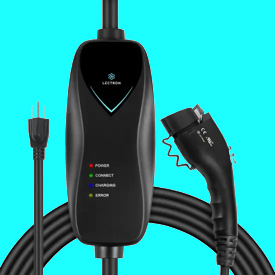 | Level 1 ChargerThis is a 120 Volt charger with up to five miles per one hour of charging that works on both EVs and plug-in hybrids. Level 1 charging is charging from a basic 120V household outlet. (The same type you plug your toaster into). Some EV manufacturers include a Level 1 charger with their plug-in vehicles at no additional charge. While charging on level 1, you'll get three to five miles of range per hour of charging. While suitable for occasional use while staying at a hotel or at someone’s home for a few days, you wouldn’t want to depend on a Level 1 charger for everyday use. |
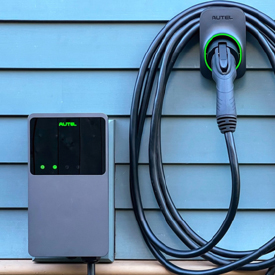 | Level 2 ChargerThis is a 240 Volt charger that provides a bigger “pipeline” for electricity to flow to an EV or plug-in hybrid. Most home chargers are Level 2. A Level 2 charger can charge up to seven times faster than a Level 1 charger. They can be powered by a dedicated 240V outlet or be hardwired into a building. You might want to select a Level 2 charger if you drive more than 30-40 miles in one day on a regular basis and if your electric utility offers time-of-use discounts. All currently sold EVs and most modern plug-in hybrids support Level 2 charging. |
 | Level 3 ChargerThis is the fastest and most powerful level of charging available for your EV. Also called DC Fast Charging, it uses direct current instead of alternating current (AC). Unlike slower chargers, DC Fast Chargers bypass the vehicle’s onboard charging system to charge the battery directly. They can recharge the average EV battery from 30% to 80% capacity in just 25 minutes. Once it reaches 80%, charging slows to safeguard the battery from overcharging. Most “pure” EVs support DC fast charging using the CCS or NACS connector. Level 3 chargers are available across North America and Europe. Examples include Electrify America, their sister company Electrify Canada, as well as ChargePoint and Tesla Superchargers. The ubiquitous Superchargers are now being updated to allow non-Tesla vehicles to use them. |
Want to see how ALLDATA can improve tech efficiency? Check out our suite of products, each designed to contribute to both shop efficiency and productivity.

